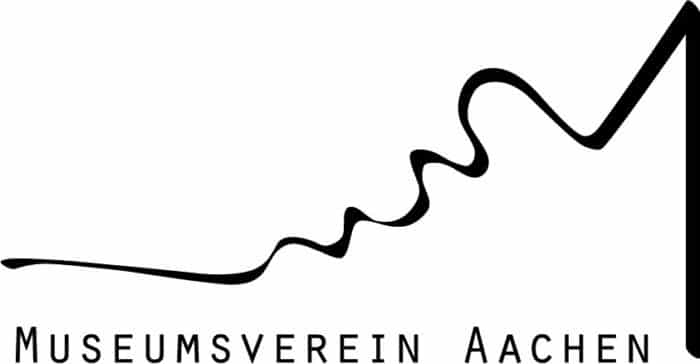Green Salon
In the Green Salon there is another Aachen glass cabinet from the late 18th century. The doors of the lower cabinet are decorated with carved cartouches, the gable is completed off with an abstract sculptured coat of arms.
Above the marble fireplace is a painting with a richly carved Rococo frame of oak, crowned with a mascaron and a basket of flowers. The canvas painting shows Zeus with a boy looking up to him. Zeus, dressed in a drape revealing his right shoulder and with Ganymede and a box of arrows at his feet, rests his chin contemplatively on his right hand, which gives the picture a melancholy character.
An elaborate Rococo mirror, whose room-filling floral carving is in colour and gold-plated, hangs between the windows.
The most flamboyant object in the Green Salon is the large, Chinese paper picture (around 1770/80). The depiction refers again to the European-Asian cultural exchange in the 18th century. The Chinese artist competently illustrates his familiar landscape in the traditional water-colour technique. However, he is unsure in the illustration of European influence architecture and the figures here – probably European merchants or diplomats. Jumps in perspective and an almost comic-type, reduced depiction of the European physiognomy show the difficulty of portraying the unknown, the exotic. Just as the European porcelain painters of the 18th century were only able to reproduce the Asian form language in a modified form, because they did not understand the iconography, the Chinese artist fails in his illustration of Europeans and their architecture in the Asian landscape


